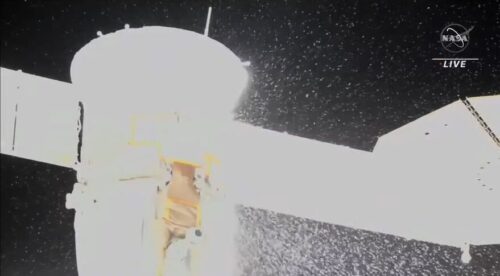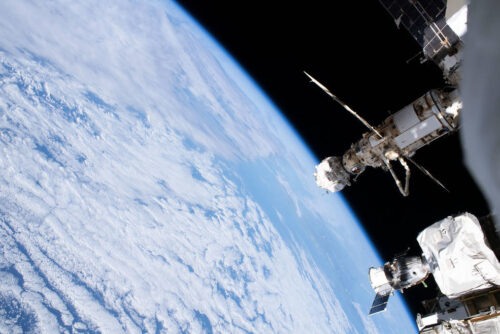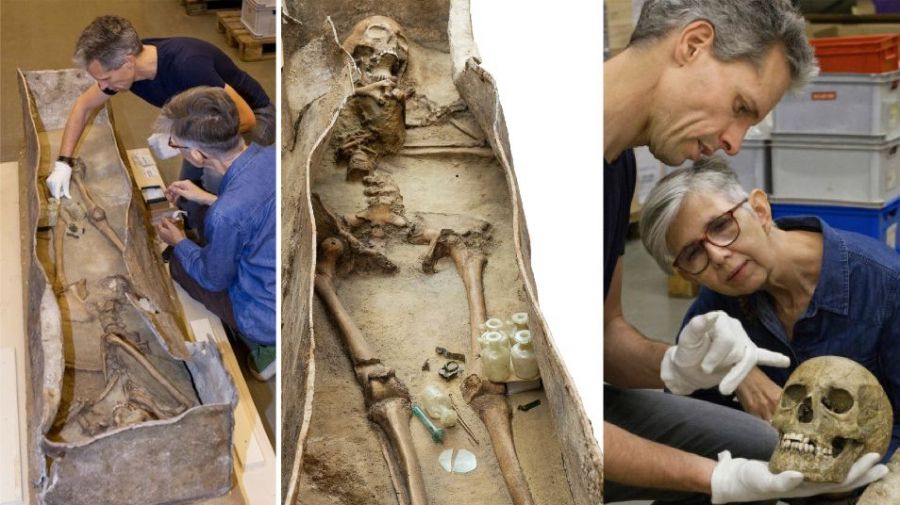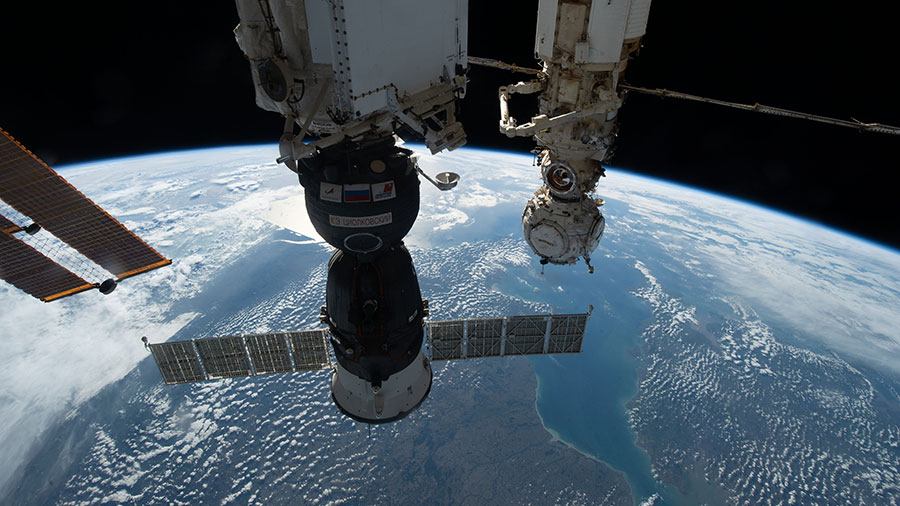Introduction. Soyuz in the Rassvet unit, behind the Prichal unit and Nauka Gate, Credits; NASA
It’s been known for a while now, that Soyuz MS-22 attached to the International Space Station has a serious problem. spaceship coolant leak. Soyuz is leaking fluid from the outer radiator cooling loop, and this leak has been detected on the 14th of December During preparations for a spacewalk of Russian cosmonauts. Roscosmos and NASA are currently discussing what should happen next with the return of the crew, which is scheduled for March 2023. It is very likely that Send an empty capsule It will be sent to the International Space Station to pick up the astronauts. Rescue missions in space have existed before, for example Apollo 13 in 1970 or on The fire at the MIR space station. But this will be the first time in the history of space travel that a rescue mission will require an empty spaceship to collect the astronauts. Space agencies are checking whether or not it is still possible to go home with the Soyuz MS-22, but with such a leak and a broken radiator, it is difficult to regulate the temperature on board. Currently There are seven astronauts on the International Space Stationthe Soyuz MS-22 Bring in a NASA astronaut Frank Rubio and Roscosmos cosmonauts Sergey Prokopyev and Dmitry Petlin, Expedition 68in space on September 21 from the Baikonur Cosmodrome in Kazakhstan.

Still image of Soyuz MS-22 leaked from NASA TV video, Credits; NASA
NASA and Roscosmos suggested December 19 planned EVA for astronauts Sergey Prokopiev And the Dmitry Petline Because a refrigerant leak was detected. The astronauts had not left the space station then, and as it turned out, none of the crew members had been exposed to the leaking coolant. The International Space Station’s Canadarm2 robotic arm has been deployed to inspect the exterior of the Soyuz MS-22 spacecraft attached to the International Space Station’s Rassvet module. during Remote media conference on December 22 that occurred during EVA’s activities Josh CassadaAnd NASA and Roscosmos have stated that the hole is a few millimeters wide. sThermal analyzes are now underway to see if the craft is still usable for returning to Earth, said ergei Krikalev, Roskosmos’ human spaceflight director. In the latter case, an empty Soyuz MS-23 will be sent to the International Space Station to collect Prokopyev, Petelin, and Rubio. Soyuz MS 22 will then return to Earth empty.

Josh Casada captured this image of the Nauka, Prichal, and Soyuz MS-22 modules in December. jl, over the Pacific Ocean. Credits NASA
Related Astroblogs

“Total coffee specialist. Hardcore reader. Incurable music scholar. Web guru. Freelance troublemaker. Problem solver. Travel trailblazer.”







More Stories
“Loden Lady” from Burchtstraat is older than expected
This new record in the field of nuclear fusion is a promising step forward
Another commercial party goes into space: ‘Space travel always remains risky’